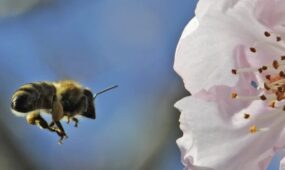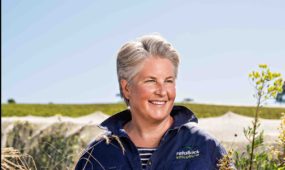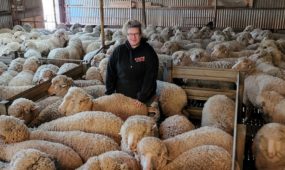New tech lands premium fish in North America
Primary Industries
The world’s largest full-cycle breeder of Yellowtail Kingfish has launched a plan to put its premium fish on the plates of top North American restaurants.

Sign up to receive notifications about new stories in this category.
Thank you for subscribing to story notifications.
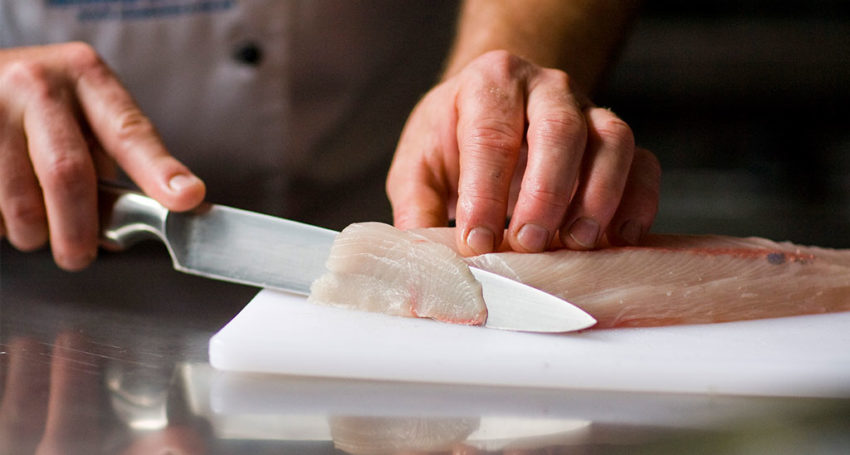
Australian company Clean Seas Seafood, which produces close to 3000 metric tonnes a year of its Spencer Gulf Hiramasa Kingfish in the pristine waters of South Australia, has invested in rapid freezing technology to expand its reach into the American market for sashimi-grade fish.
Traditionally, Clean Seas’ exports have been whole fresh fish airfreighted from South Australia twice a week, 52 weeks a year to more than 30 countries including the United States, Canada and Mexico.
While the new liquid nitrogen rapid freezing technology is not aimed to replace the airfreighted fresh fish, the company plans to use it to access markets further afield and at price points previously not achievable with a fresh product.
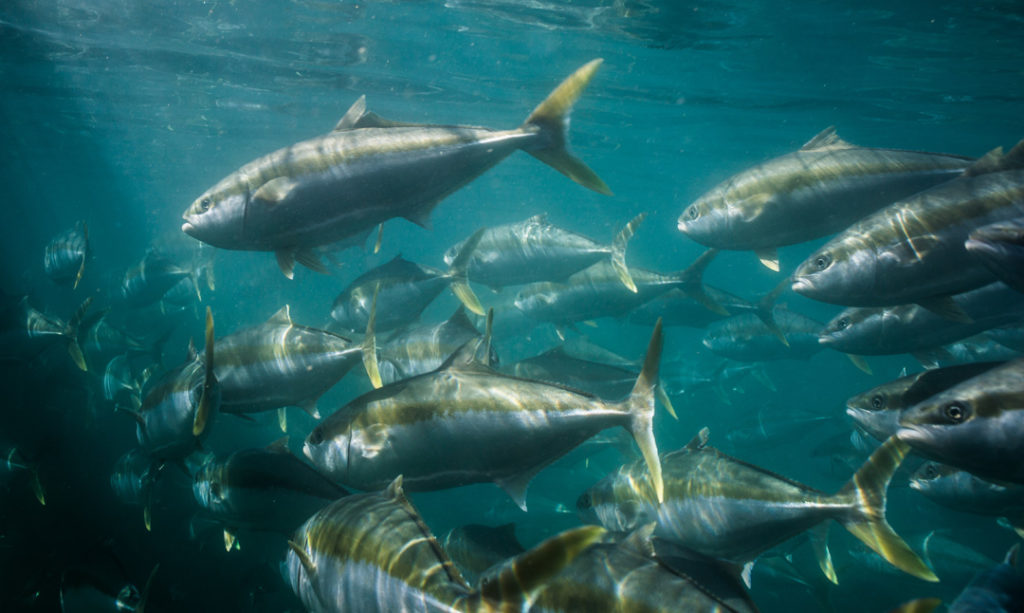
Clean Seas Managing Director and CEO David Head said the frozen product was a potential “game changer” for the company’s presence in the United States.
“The US market is a well-established Japanese frozen product market where 87 per cent of the product is frozen – we have less than 2 per cent of the market there and we’ve been competing with mainly fresh product,” he said.
Yellowtail Kingfish, with its creamy white to pale pink flesh, grows to about 4.5 kilograms and is known for its sashimi qualities but is also gaining traction as a versatile cooked product.
Clean Seas appointed a full-time North America sales executive in January and launched a global campaign in February to meet face-to-face with 1600 of the world’s top chefs in cities including Los Angeles, London, Berlin and Sydney.
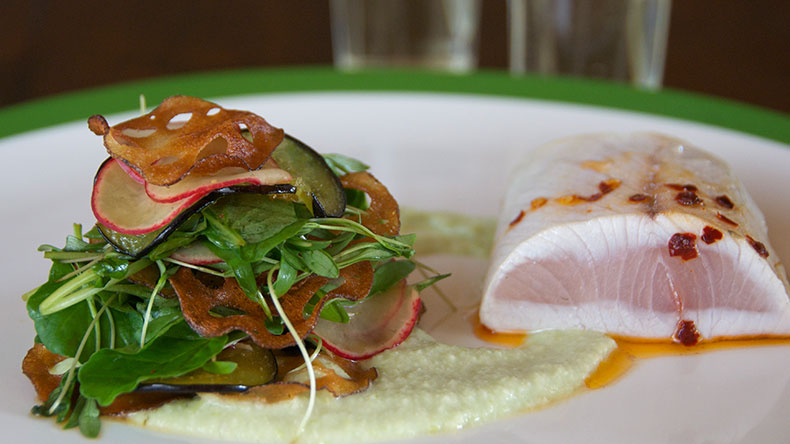
“We’re very confident we’ve got a superior product but we can’t expect everybody to take our word for it, we’ve got to go and introduce it to the chefs, give them a chance to sample it, trial it,” Head said.
“We’ve got a big job to do in North America in terms of introducing our brand but it’s a very strong product and the frozen format will help us.
“We’re starting to make some very solid progress with leading chefs but it’s going to take us several years to get our brand and our story known and understood.”
The Kingfish, which are processed and frozen within 24 hours of being harvested, will initially be available in fillets but there are plans to package it in smaller portions such as loins, which would be ideal for small eateries such as sushi chains.
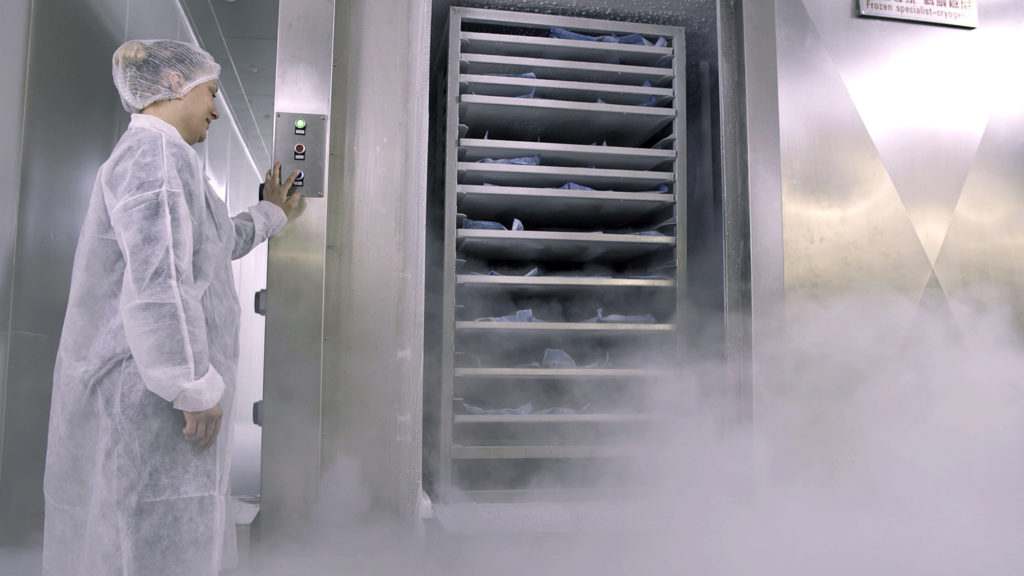
Head said the thawed fillets could be served raw or cooked.
He said another advantage of the frozen fillets was that restaurants could thaw them as needed rather than being obliged to use a whole fresh fish within a relatively short timeframe.
“There’s a big gap in the market we’ve identified where there are some chefs who, either because of their geography or that their menu doesn’t justify what’s undoubtedly one of the most expensive fresh fish in the world, previously haven’t had access,” Head said.
“We’ve always believed our raw fish is outstanding and possibly the best raw fish in the world but in terms of something that is quite unique in a product development sense this is absolutely it.”
Called SensoryFresh, the rapid freeze technology was commissioned in March and then launched in April at the 2018 Seafood Expo Global in Brussels. Clean Seas is now building inventory and finalising its supply chain and plans to export its first SensoryFresh shipment in June.
Japanese trained Sushi Master, Shaun Presland, Group Executive Chef at Sake Restaurants in Australia, was the first Chef to trial the SensoryFresh product and said he was “seriously overwhelmed” with the quality.
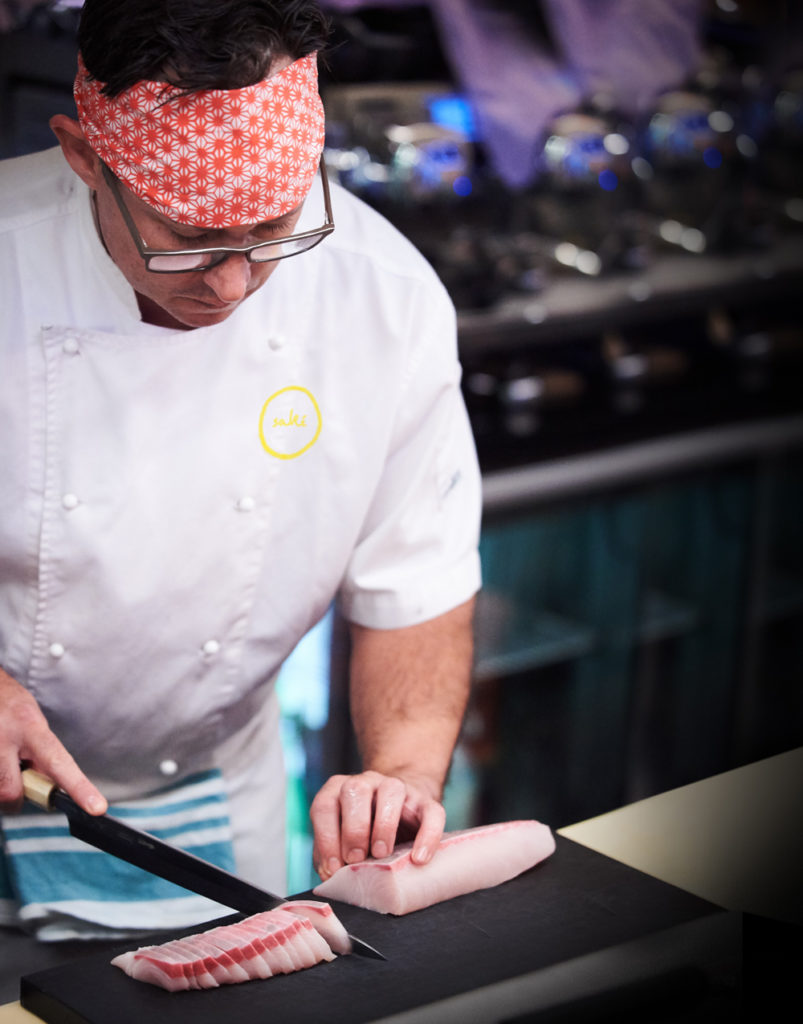
“The bloodline, the firm flesh and the aroma felt like this fish had just jumped out of the ocean,” Presland, pictured right, said.
“The flavour was delicious and had no traces of the tinny, metallic tastes that can affect frozen fish.”
Head said liquid nitrogen had been traditionally used to rapid-freeze high value fruits and berries.
He said the technology, installed at Clean Seas’ new processing plant in Adelaide, the capital of South Australia, cooled the Kingfish to freezing point in about 22 minutes, 10 times faster than conventional freezing, and took another 25 minutes to reach -35C.
“To capture the colour, aroma and flavour -35C must be reached quickly – conventional freezing won’t do this,” Head said.
“Our rapid freezing achieves surface temperatures of -95C and core temperatures of -50C to -70C.
“This is potentially a game changer for Clean Seas – we see this as being one of the most powerful product propositions we’ve taken to market.”
Air freighting fresh Kingfish around the world costs Clean Seas between AUD$3-$5 per kg compared with less than $1kg to keep it under -35C throughout the supply chain to the point of distribution.
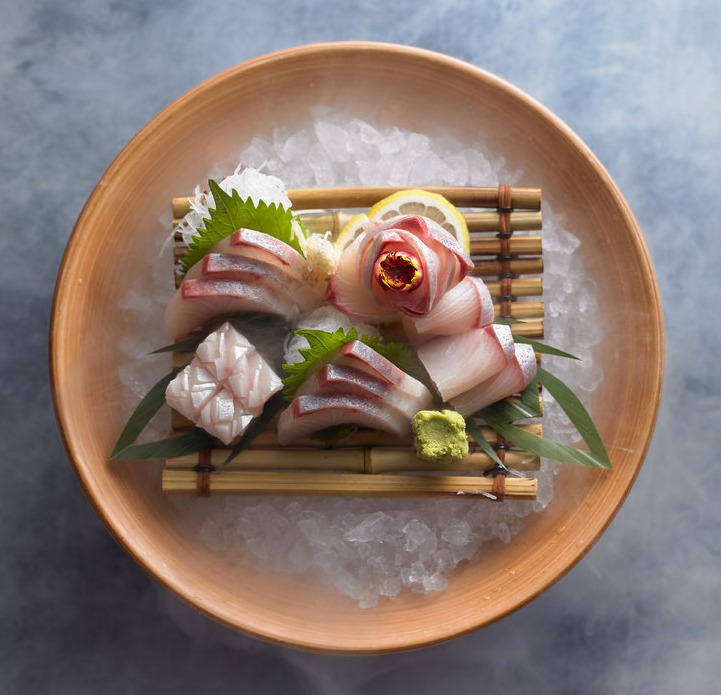
Clean Seas Seafood grows its Kingfish in Boston, Arno and Fitzgerald Bays in the unspoiled Spencer Gulf, which also supports South Australia’s global Western King Prawn and Southern Bluefin Tuna industries. The gulf is fed by the Southern Ocean and has a direct line of sight to Antarctica some 3500km to the south.
Jump to next article
